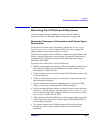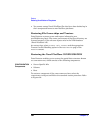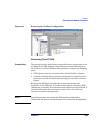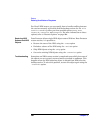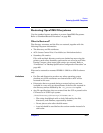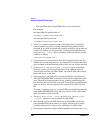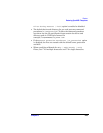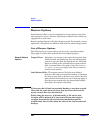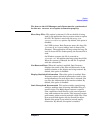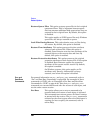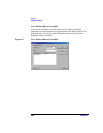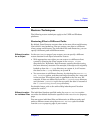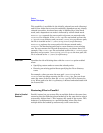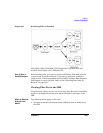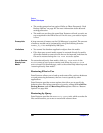
Restore
Restore Options
Chapter 6 295
The time on the Cell Manager and clients must be synchronized
for the Omit Deleted Files option to function properly.
Move Busy Files This option is relevant if a file on the disk is being
used by an application when a restore wants to replace
this file. The option is used with the Keep most
recent or Overwrite options. By default, this option is
disabled.
On UNIX systems, Data Protector moves the busy file
filename to #filename (adds a hash in front of the
filename). The application will keep using the busy file
until it closes the file. Subsequently, the restored file is
used.
On Windows systems, the file is restored as
filename.001. All applications keep using the old file.
When the system is rebooted, the old file is replaced
with the restored file.
List Restored Data When this option is enabled, Data Protector
displays the names of the files and directories in the
monitor window as the objects are being restored. By
default, this option is disabled.
Display Statistical Information When this option is enabled, Data
Protector reports statistical information (such as size
and performance) for each object that is restored. You
can view the information in the monitor window. By
default, this option is disabled.
Omit Unrequired Incrementals This option enables repositioning
within a medium when restoring individual files of a
specific object. The Media Agent restores a specific
item, repositions itself directly on the next requested
item, and continues the restore. This improves restore
performance when restoring multiple single files. Note
that several Disk Agents may be started per object.
Disable this option if you intend to restore empty
directories. By default, this option is enabled.



